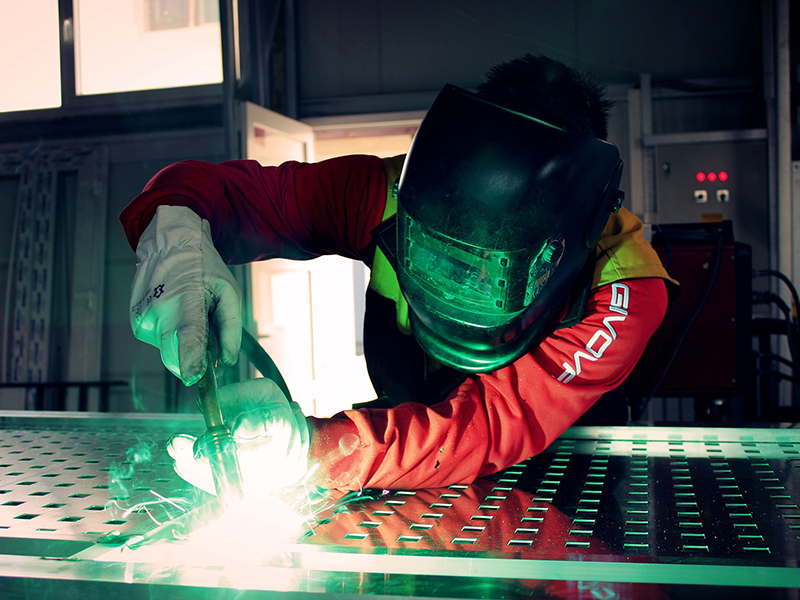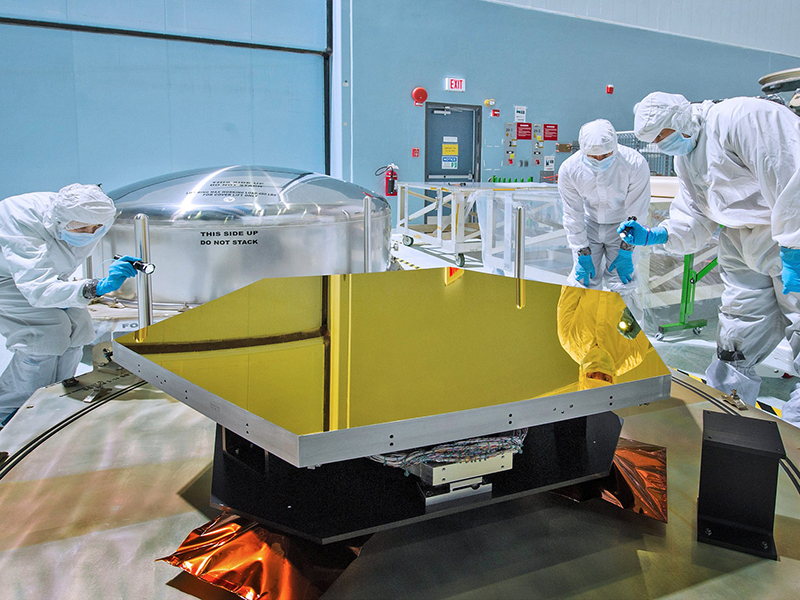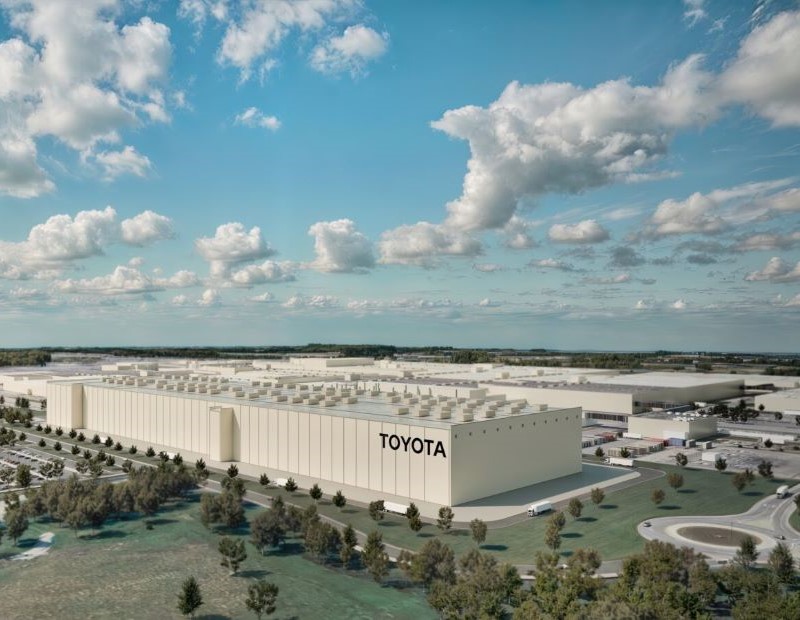Workforce Trumps Location in Industrial Site Selection
Access to skilled employees has moved to the top of the list for manufacturing tenants looking for space, knocking the location factor out of first place, according to the latest CoreNet report.
By Barbra Murray, Contributing Editor
 Priorities have changed for industrial property users in search of manufacturing space, according to a new white paper by CoreNet Global. Access to the proper workforce has moved to the top of the list for these tenants, knocking the location factor out of first place. The title of the paper says it all: Manufacturing Location Strategy: Workforce Drives Decision When Selecting U.S. Sites.
Priorities have changed for industrial property users in search of manufacturing space, according to a new white paper by CoreNet Global. Access to the proper workforce has moved to the top of the list for these tenants, knocking the location factor out of first place. The title of the paper says it all: Manufacturing Location Strategy: Workforce Drives Decision When Selecting U.S. Sites.
“You can have all the infrastructure in place, the perfect building and the perfect site. But if you don’t have the workforce to support that business unit long-term, then the investment cannot be made at that site,” Del Boyette, president & CEO of consulting firm Boyette Strategic Advisors,” is quoted as saying in the paper.
The workforce numbers simply have not been keeping up with demand. As noted in the paper, while manufacturing output has been on a sustained upswing, manufacturing employment has increased at a far slower pace. The discrepancy between the growth rate can be partially attributed to technology and automation. Closing the gap will continue to be a challenge, as today’s manufacturing positions call for a higher level of skilled labor than previously required, but high school students are not being trained to enter the manufacturing industry.
Where the workers are, or aren’t
 The skilled workforce that has grown vital to the manufacturing industry is limited, so if the workforce doesn’t come to the manufacturer, the manufacture has to consider going to the workforce—and the workforce is increasingly comprised of Millennials. This demographic, however, has its own workplace preferences—like transit-oriented locations and open environments—and site selectors are taking those tastes into consideration.
The skilled workforce that has grown vital to the manufacturing industry is limited, so if the workforce doesn’t come to the manufacturer, the manufacture has to consider going to the workforce—and the workforce is increasingly comprised of Millennials. This demographic, however, has its own workplace preferences—like transit-oriented locations and open environments—and site selectors are taking those tastes into consideration.
Still, the workforce numbers aren’t adding up, and changes in certain federal policies could further exacerbate the shortage. Per the report, “It remains to be seen whether any potential changes ahead for NAFTA might steer more location decisions away from Mexico and towards the U.S. However, the broad concern from the manufacturing community is where the workforce would come from to fill the increased demand for U.S. manufacturing jobs.”







You must be logged in to post a comment.